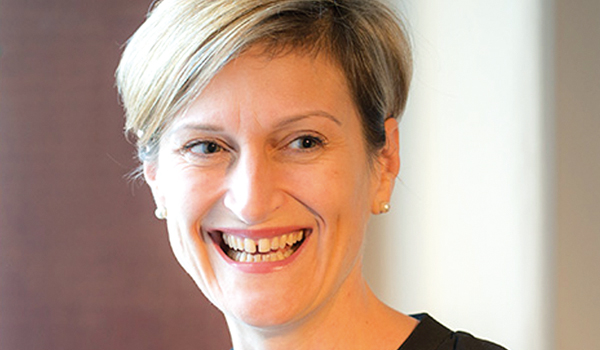Micro-moments that matter
Digital channels that engage with candidates during the recruitment process can help promote a more ‘inclusive image’ as police forces look to increase diversity in their workforce.
It is an unfortunate irony that it is precisely the same groups police forces are most keen to recruit [to be more reflective of the communities they serve], which are also potentially the most resistant to having a career with them in the first place.
Nowhere is this more pronounced than among UK black and ethnic minorities. These are people who may have grown up in the days when reports about the police being branded ‘institutionally racist’ were ongoing headline news; they are people that might have felt a request to be stopped and searched was not justified (black people are nine times more likely than white people to have experienced this); they are people whose peer groups might actively spurn them at even the idea of joining the force.
The numbers of BAME (black, Asian and minority ethnic) police officers today has hardly moved in the past decade – black officers, for example, rising by just 86 between 2007 and 2018 according to the independent policing think-tank The Police Foundation. Increasing the diversity of the police is a huge task, but while the odds might seem stacked against success, there is an interesting theory around how people today form decisions and – crucially – how technology plays a part in it.
It is called ‘micro-moment’ theory (often associated with Google). It describes the fact people experience “key moments of preference-shaping” that are often technology (smartphone, television or mobile device) driven, and which, over time, help form and create concrete decision-making.
Recruitment
So why is this important? Because micro moment theory is just as relevant when we are talking about recruitment. True, considered and deep decision-making – particularly when someone decides to join an organisation like the police – is seldom a spur of the moment thing. Their realisation is a gradual process. But it is a fragile one too. They might have seen the police very positively on the television, but then they or someone from their family or social group might have experienced something personally that is negative.
The beauty of recruitment technologies today – particularly live chat, chatbot and video streaming – is that they can really help to keep people’s micro-moments of learning and decision-making seamlessly ticking along.
Managed well, these channels can help solidify or even substantiate embryonic half-decisions; by giving people immediate answers that keep them engaged and give them a resource that they can access when they want to.
Videos hosted on police force sites – perhaps featuring BAME officers explaining the reality of the organisation – can all help feed into someone’s frictionless thought processes and promote a more inclusive image of the force.
Live chat is another digital solution that is significantly improving candidate engagement rates. Rather than holding open days, live chat sessions can be organised online and involve not just candidates but also their family, friends and leaders from their community – all of whom will have a major influence on the decisions potential police recruits make. Via live chat events, people are able to share their concerns in a less intimidating environment or just anonymously listen in. It is a perfect medium for encouraging positive perceptions and breaking down cultural barriers.
Diversity
In its Shaping the Public Sector Workforce of the Future report from 2016, the Metropolitan Police Service openly talked about how total numbers of black Londoners could be divided into the percentages they believed were active considerers, strong considerers and those open to roles, as well as those who were outright rejectors. It argued that it needed to convert only 1.2 per cent of considerers to hit its diversity targets. If police forces can enhance their recruitment processes, by creating engaging, facilitated and safe moments that matter, giving jobseekers the solace or support that they need, they will stand a much greater chance of removing some of the roadblocks that often prevent people from applying.
So, while it is sadly no surprise that the numbers of BAME police officers have stayed so stubbornly low, it need not be the case that employers should accept that this is a situation which it is not possible to change.
Nicola Sullivan is Solutions Director at Meet & Engage, which provides a suite of candidate experience technology for employers, including live chat, candidate chatbots and onboarding.





